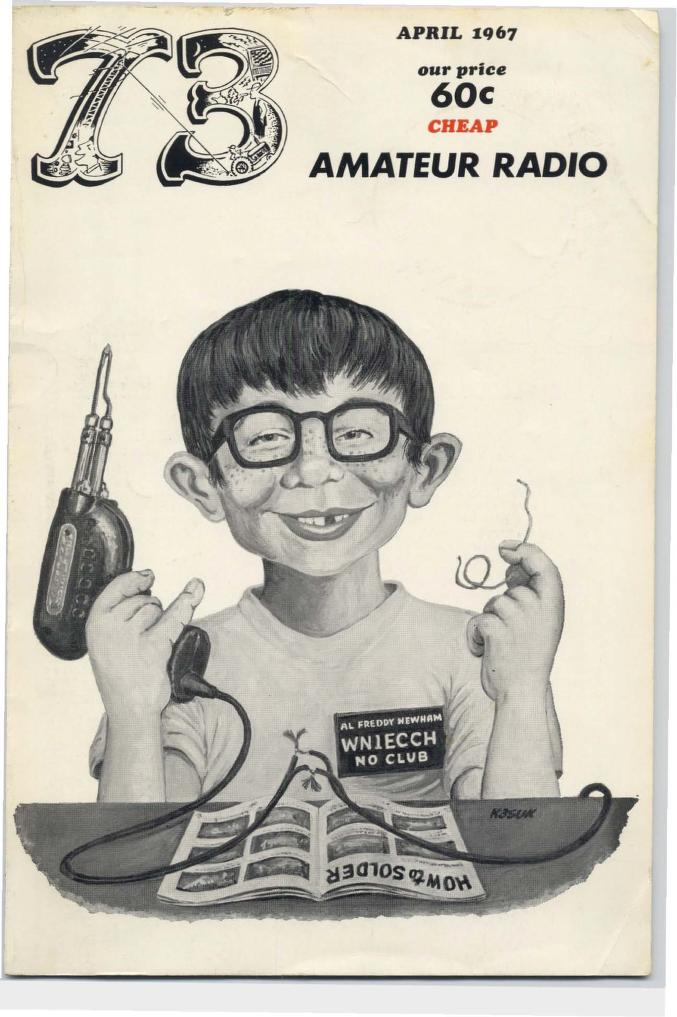73 Magazine (Prior revision dated Saturday 16 September 2023 03:20:55 -- @181)
73 Magazine, alternatively known as 73 Amateur Radio Today, was a United States-based periodical dedicated to the subject of amateur radio. The magazine was first published in 1960 and continued to issue monthly editions until 2003. It was renowned for its technical articles and the extensive editorials in each issue penned by the founder and publisher, Wayne Green.
The magazine’s title, 73, refers to a term in amateur radio lingo, translating to “best regards” when expressed in Morse code. The inaugural issue was launched from Green’s business offices located in Brooklyn, New York, in October 1960. A key contributing editor was Ken Sessions, K6MVH, who penned a column titled “The Chronicles of 76”, alluding to the FM transmitting frequency of 146.76 megahertz. Sessions was not only a prolific writer on the subject of amateur radio but also the designer of many how-to projects featured in the magazine.
Jean Shepherd, K2ORS, was another notable contributor to 73 Magazine. The publication had a significant impact on the amateur radio community, pioneering the promotion of SSB, FM, solid-state, easy construction projects, and most importantly, the fusion of personal computing and amateur radio. In 1962, the headquarters of 73 Magazine relocated to Peterborough, New Hampshire. During the 1970s and 80s, the average issue of 73 comprised over 300 pages.
73 Magazine was particularly known for its editorial column, “Never Say Die”, where Green, along with Sessions, often voiced criticism towards the American Radio Relay League. The column’s title, “Never Say Die”, was a clever backronym for Green’s amateur radio call sign, W2NSD. Green also founded several microcomputing magazines such as “Desktop Computing”, “Kilobaud Microcomputing”, and “80 Micro”, and played a role in the establishment of Byte Magazine.
In 2003, after 43 years of uninterrupted publication, 73 Amateur Radio Today announced its final issue in September. There was a plan for a combined October/November 2003 issue, which, however, never saw the light of day. Financial pressure resulting from diminished advertising revenue was cited by Green as the primary cause for halting the magazine's publication.{{Categories}}